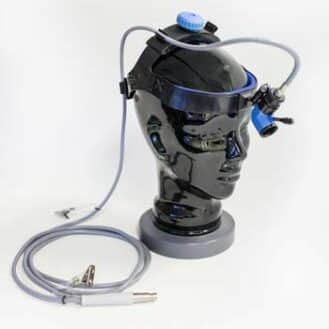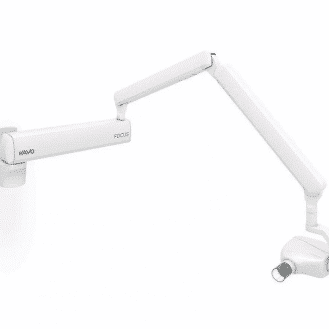
Siemens Healthineers PET/CT system
The tomograph, or CT scanner, is an X-ray machine made up of an X-ray tube and detectors arranged on a circular support. These detectors measure the difference in intensity of the X-ray beam before and after it passes through the part of the body under study. During the examination, the tube that emits the X-rays and the detectors rotate continuously around the patient’s body while the examination table moves forward. The attenuation of the X-ray beam is measured at different rotation angles. This data is then transmitted to a computer, which reconstructs the images by assigning gray scales according to the amount of radiation absorbed by the different structures.
The main hybrid systems with computed tomography are PET/CT and SPECT/CT systems. Below we summarize the characteristics of each.
- PET/CT system: This hybrid system combines the anatomical images from computed tomography with the functional images obtained from the PET module. This combination of images makes it possible to locate a lesion or functional anomaly with even greater precision. As such, it is possible to optimize a radiotherapy protocol, for example, avoid unnecessary surgery, make surgery more effective, or reduce the need for invasive procedures such as biopsies.
- SPECT/CT system: This combination achieves precise alignment and total integration of the computed tomography system and single photon emission tomography. With this system, it is possible to obtain images with a generally even higher resolution to identify and monitor the evolution of a disease over time (for example, certain cancers).








